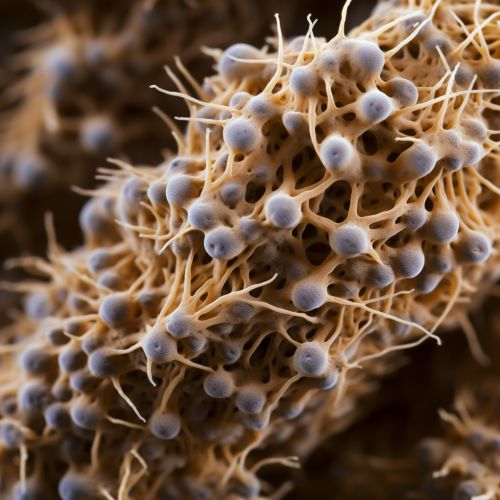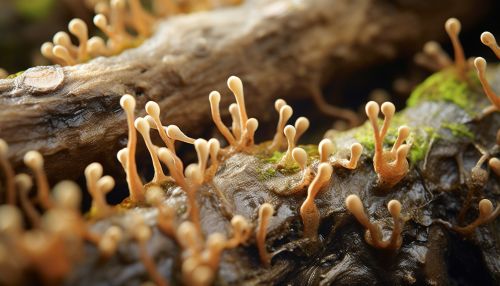Mechanisms of Microbial Biotechnology for Sustainable Agriculture
Introduction
Microbial biotechnology refers to the use of microorganisms in technological advancements in various fields such as agriculture. It involves the manipulation of microorganisms at the genetic and molecular levels to generate products beneficial for sustainable agriculture. Microbial biotechnology can help improve crop productivity, enhance soil fertility, and control pests and diseases, contributing to sustainable agriculture.
Microbial Biotechnology in Agriculture
Microbial biotechnology plays a crucial role in agriculture, contributing to its sustainability. It involves the use of microorganisms, including bacteria, fungi, viruses, and protozoa, to improve crop productivity and soil fertility, and control pests and diseases.
Crop Productivity
Microorganisms can enhance crop productivity through various mechanisms. Some bacteria, such as Rizhobia, form symbiotic relationships with leguminous plants, facilitating nitrogen fixation. This process converts atmospheric nitrogen into a form that plants can utilize, thereby enhancing their growth and productivity. Similarly, certain fungi form symbiotic relationships with plant roots, enhancing nutrient uptake.


Soil Fertility
Microorganisms also play a vital role in maintaining soil fertility. They participate in the decomposition of organic matter, releasing essential nutrients into the soil. Some bacteria, such as Azotobacters and Azospirillums, can fix atmospheric nitrogen, enriching the soil with this essential nutrient. Additionally, certain microorganisms can solubilize phosphorus, making it available for plant uptake.
Pest and Disease Control
Microbial biotechnology also contributes to pest and disease control in agriculture. Certain bacteria, such as Bacillus thuringiensis (Bt), produce toxins that are lethal to specific pests, providing an environmentally friendly alternative to chemical pesticides. Similarly, some fungi and viruses can also be used as biocontrol agents against pests and diseases.
Challenges and Future Prospects
Despite its potential, microbial biotechnology faces several challenges in its application to sustainable agriculture. These include the survival and function of introduced microorganisms in the field, the potential impact on non-target organisms, and the need for more research to fully understand the interactions between microorganisms and plants.
However, the future prospects of microbial biotechnology in sustainable agriculture are promising. Advances in genetic engineering and molecular biology techniques can help overcome these challenges. Furthermore, the growing awareness of the environmental impact of conventional agricultural practices is likely to increase the demand for sustainable alternatives, including microbial biotechnology.
